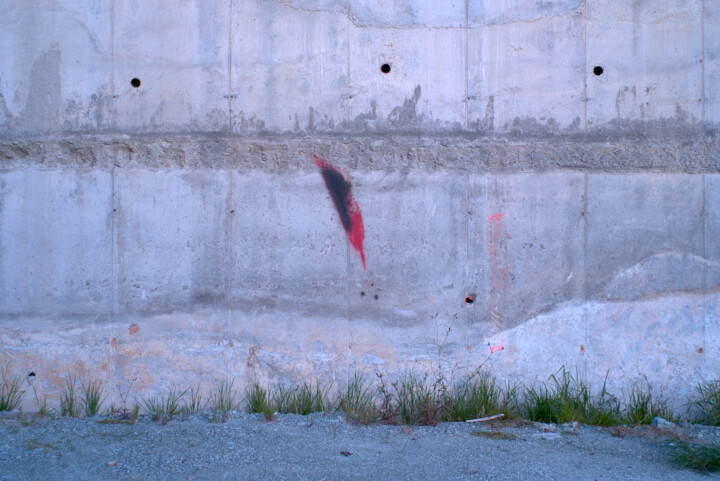What made you decide to become an artist? What is your path?
We are born an artist, we do not become one. Everyone is born an artist. Everyone has the ability to express themselves through any form of art. Personally, I have cultivated the desire to express myself through simple and direct but creative language such as visual communication. Photography allows you to tell through images what is happening around you and at the same time gives you the opportunity to tell it through your way of seeing life, to show your vision of the world. Making art is above all a personal experience, a dialogue with oneself made up of questions and answers, which in turn turns into a dialogue with others made of awareness. I never understood if photography is an art, if the photographer is an artist or a technician, or both. I'm not even interested in knowing. It is enough for me to know that looking at a photograph amazes me, opens up a new, unexpected world that I never knew existed. Indeed, you cannot see in reality what you can see, glimpse and perceive through a photograph. It is to make the invisible visible. It is a lie but truer than the truth. Pure communication and you can't deny it, she's right; in this immortalized moment, it is reality. Hence a journey of more than thirty years which began with a fashion photography school and ended with workshops with internationally renowned photographers such as Andreas Bitesnich, Mimmo Jodice and Kent Koberteen from National Geographic who gave me allowed to understand what I was looking for and led me to improve more and more the technical aspect of this form of art but especially the interpretive and communicative style which represents my person.
What are the 3 aspects that differentiate you from other artists?
I only know one aspect that differentiates me from other artists, and that is me.
Where does your inspiration come from?
My inspiration comes from an eager desire for wonder, which finds its full satisfaction in the poetry of the material and immaterial human landscape of a place, but not only.
Tell us about the design of your works. Do you have a long preparatory work or is it spontaneous?
The design of my works is motivated by curiosity and is totally spontaneous; I might sound like a Japanese tourist in this regard. However, I am more drawn to places, even unfamiliar ones, and the things that have made up my personal baggage over the years and experiences.
What do you want to show through your work?
First of all, an artist, a photographer, works for himself. I think he's more interested in finding his own self, achieving his inner growth and realizing his own consciousness, which he then naturally shows to others through his perception of reality, by communicating his way of being.
Do you use unusual techniques or materials in your work?
To achieve my works, I rely on basic techniques, the most basic possible if we consider that even a gelatin print with silver salts requires basic techniques to be made. Hence the concept that there may not be anything out of the ordinary. In some cases, however, I rely on technical errors in the photograph, adding the technique to the error itself to achieve a different result. With the advent of digital technology, the possibilities have multiplied, as traditional techniques and materials remain the same, but with new technologies, forms of expression and interpretation increase, both in the technical phase and in the the choice of materials. Whether it is analog or digital photography, I always prefer to use high quality materials to achieve a high level of quality that is valuable and durable. See for example the platinum palladium prints or the handmade Washi Awagami papers.
Do you have a preferred format? Why ?
I don't have a preferred format. However, I think 1: 1 and 4: 5 are the most stylish. For my work, I use any standard aspect ratio such as 3: 2, 4: 3, even 16: 9, even 1: 2 as in the case of medium format 6x12cm cameras. I rarely, if not very rarely, crop an image to focus on a subject, I vary the proportions more easily thanks to a format.
What difficulties do you encounter in your work?
In addition to the difficulties that we encounter in marketing our work and therefore making a profit, the biggest difficulty for me is to improve my communication skills. My aphorism is that when I look at a place or a subject, it is because I see there beauty and wonder, empathy. I just need to reveal it, but I can't always do it.
How do you work? At home, in a shared or private studio?
I have an image processing studio in the corner of the house.
Does your work as an artist require you to travel a lot?
Unfortunately, I don't have the opportunity to travel a lot and I take comfort in telling myself that there are a lot of established artists who have built their portfolios within 300m or 300km of my home.
What is the best time of your career?
Without counting the most profitable moments, which are unfortunately crucial, I can only think of one moment, it is only one but it lasts 35 years.
How do you see yourself in your work ten years from now?
Better than now.
What are you currently working on? Do you plan to exhibit your works in the near future?
At the moment, I do not plan to exhibit my work. I produce my works more or less continuously, using my favorite tools, such as pinhole cameras, cameras and / or toy lenses, and of course the classic system, both analog and digital.
If you could have created a famous work in the history of art, what would it have been?
I wouldn't have wanted to create Guernica, that would mean there wouldn't be any need for it. I wouldn't have wanted to create the works of the photographer from hell James Nachtwey. I would have liked to create all of Luigi Ghirri's works.
If you could invite a famous artist (dead or alive) to dinner, who would it be?
Luigi Ghirri, of course.

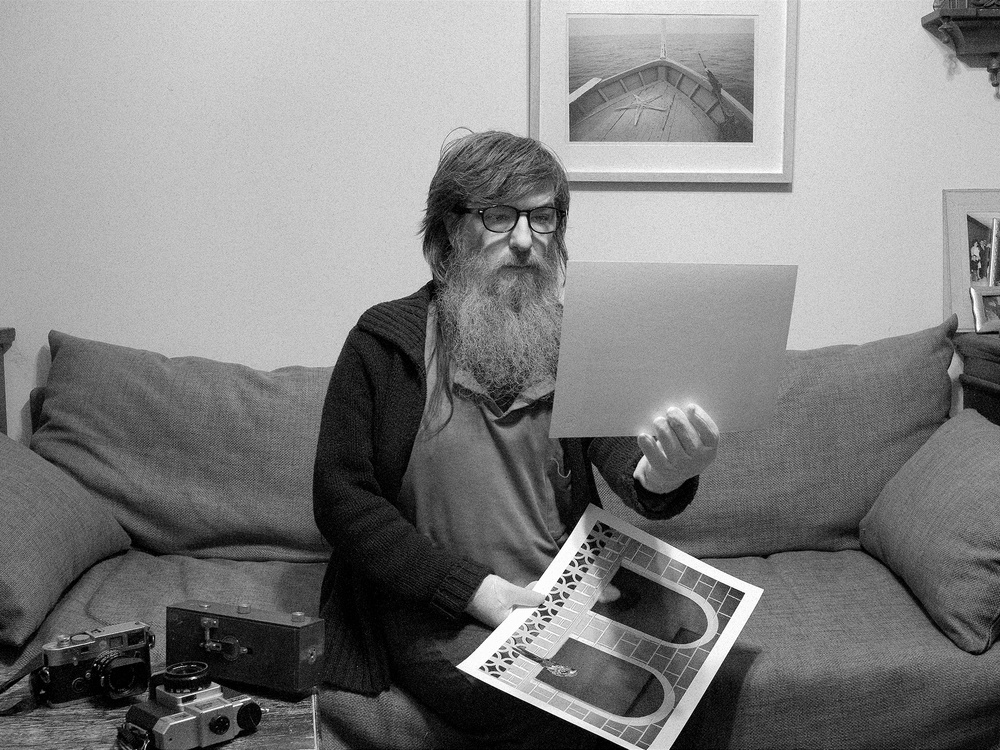

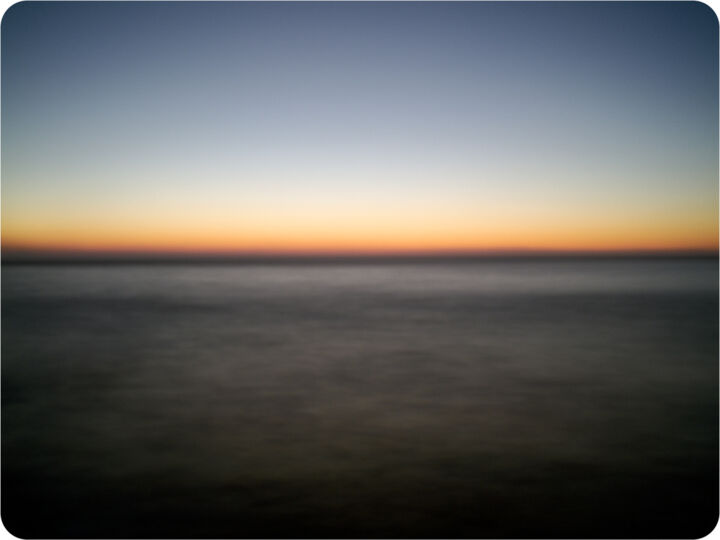
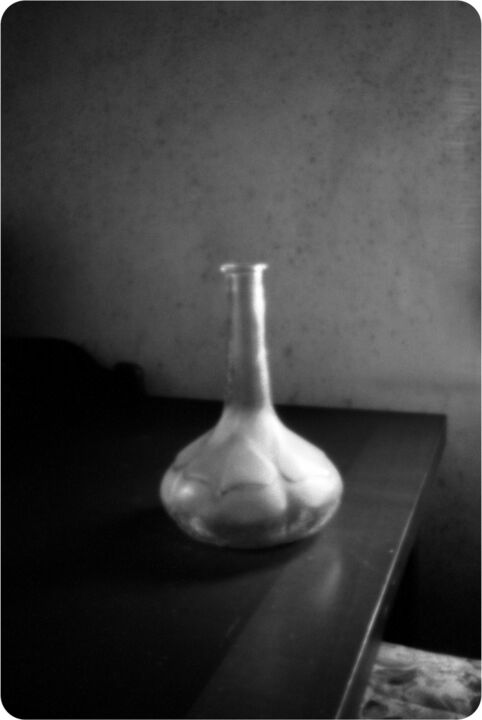
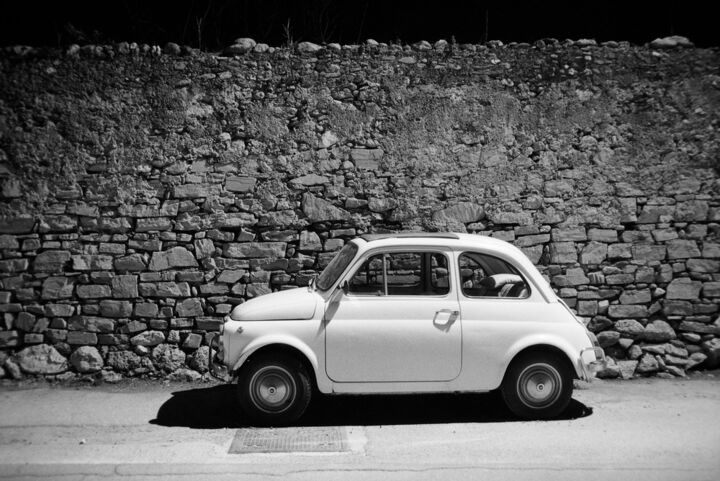
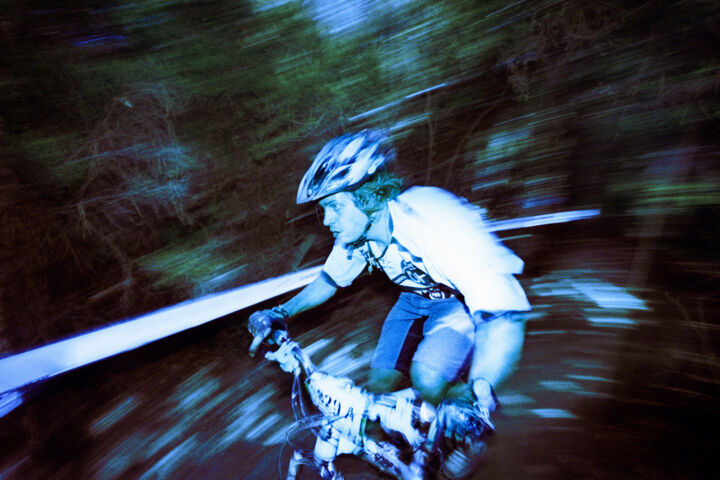
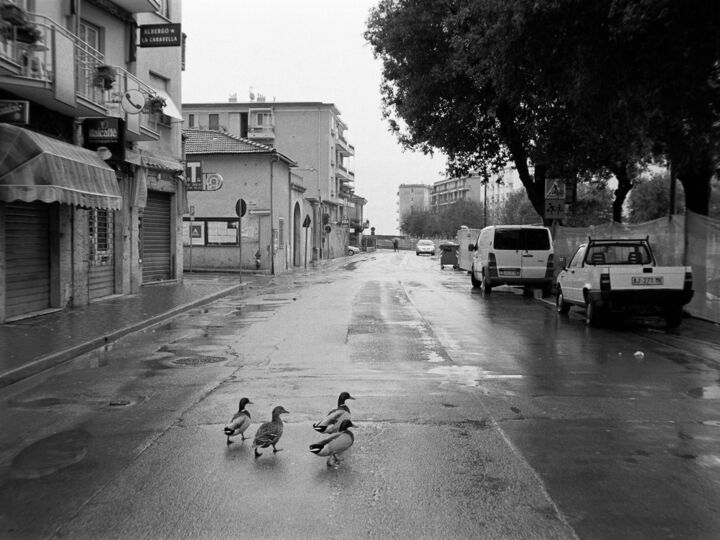
 Olimpia Gaia Martinelli
Olimpia Gaia Martinelli


